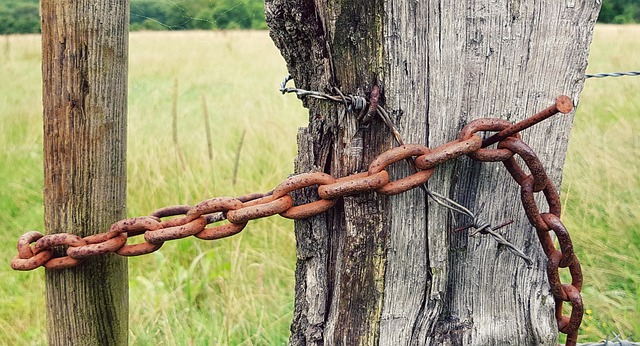In the quiet suburban settings or bustling urban areas of New Bedford, MA, a privacy fence can transform outdoor spaces, offering a sense of seclusion and security. This comprehensive guide delves into the intricacies of installing a privacy fence, from understanding its benefits and diverse types to meticulous planning and material selection. We’ll walk you through the installation process step-by-step and provide essential post-installation tips to ensure your fence stands strong against time and elements, enhancing your outdoor sanctuary for years to come.
- Understanding Privacy Fences: Benefits and Types
- Planning Your New Bedford Fence Installation
- Choosing the Right Materials for Durability
- The Installation Process: Step-by-Step Guide
- Post-Installation Maintenance Tips for Longevity
Understanding Privacy Fences: Benefits and Types
Privacy fences serve as more than just barriers; they are functional works of art that enhance your outdoor space, offering a sense of security and seclusion. They come in various styles, materials, and designs to suit every taste and budget. From sleek modern designs to traditional wooden paneling, there’s a privacy fence perfect for any New Bedford property.
Benefits extend beyond aesthetics. These fences provide a physical barrier against prying eyes, ensuring you can enjoy your backyard or patio without feeling exposed. They also offer protection from noise pollution, providing a calmer environment for relaxation and entertainment. Additionally, they can increase the value of your home by adding curb appeal and defining your property lines.
Planning Your New Bedford Fence Installation
When planning your new fence installation in New Bedford, MA, consider the purpose and style that best fit your property. Start by assessing the area to be fenced in—is it for privacy, security, or aesthetic appeal? Different fence types serve various purposes; a wooden fence offers charm and privacy, while a chain-link fence provides security without blocking the view. Determine the desired height and length, keeping local regulations in mind.
Next, choose a design that aligns with your home’s architecture and surrounding landscape. Will it be a straightforward, functional fence or an elaborate, decorative one? Consider the materials; wood requires more maintenance but adds natural beauty, while vinyl is low-maintenance and available in diverse styles. Plan for access points, gates, and any additional features to ensure functionality and practicality.
Choosing the Right Materials for Durability
When considering privacy fence installation in New Bedford, MA, selecting the right materials is paramount for ensuring durability and longevity. Opting for high-quality, weather-resistant options such as vinyl or treated wood can significantly reduce maintenance requirements and protect your investment against the elements. Vinyl fences, for instance, are known for their resilience to rotting, warping, and pest damage, making them a popular choice for homeowners seeking long-term solutions.
Additionally, consider factors like color, style, and finish when making your selection. Darker colors absorb more heat, which can lead to warping over time, while lighter hues reflect sunlight and remain cooler. Textured finishes and intricate designs can add aesthetic appeal but may require extra care to maintain their appearance. Ultimately, choosing materials that align with your climate, local conditions, and personal preferences will contribute to a robust and private fence that stands the test of time.
The Installation Process: Step-by-Step Guide
The privacy fence installation process begins with a thorough site evaluation to ensure proper measurements and planning. This includes assessing the layout, determining the type of fencing best suited for your needs and property, and identifying any potential challenges or regulations specific to New Bedford, MA. Once approved, the team will clear the area, marking out where the fence will be installed.
Next, they excavate the ground along the planned route, preparing posts holes that are both deep enough and structurally sound. The posts are then set in place, often utilizing concrete for stability. After the posts are securely in position, horizontal rails are attached, followed by the vertical pickets or panels of the fence. All connections are checked and secured, ensuring a sturdy and durable barrier that provides both privacy and security.
Post-Installation Maintenance Tips for Longevity
After your privacy fence is installed, proper maintenance is crucial to ensure its longevity and keep it looking its best. Regular cleaning is essential; brush or sweep away any dirt, leaves, or debris to prevent buildup. Using a soft-bristled brush or garden hose will help maintain the fence’s aesthetic appeal without causing damage.
Inspect your privacy fence monthly for any signs of wear and tear, such as rot, cracks, or broken boards. Addressing these issues promptly will prevent minor problems from becoming major, costly repairs. Apply a fresh coat of weather-resistant sealant every few years to protect against the elements and prolong the life of your fence.
